Nothing to do for gardening in February? Not so! February is the perfect time to nail down some plans for your garden and get some seeds prepped and/or started. If you want to get a downloadable pdf checklist for February gardening tasks, as well as monthly newsletters, fill out the form below!
[yikes-mailchimp form=”2″]Planning
- In case you hadn’t noticed, there aren’t a lot of flowers happening right now. It’s the perfect time to go for a stroll around your neighborhood or botanical garden and see what looks good right now. You will probably notice the importance of evergreen plants. When everything else is brown or dormant, evergreen shrubs and trees provide color and texture in a time of year where there isn’t much else.
- So, it’s a perfect time to map out your garden and decide if you want to add anything to your garden. You can order spring-planted bulbs (canna lily, daylily, caladium, gladiolus, dahlia, etc.) or other plants now. Many websites still have sales for pre-ordering. You order plants now and they ship when the best time to start planting in your zone is.
- Now is still a good time to buy seeds. A couple reputable places that I’m familiar with are Baker Creek Heirloom Seeds, Swallowtail Garden Seeds, and Johnny’s Seeds.
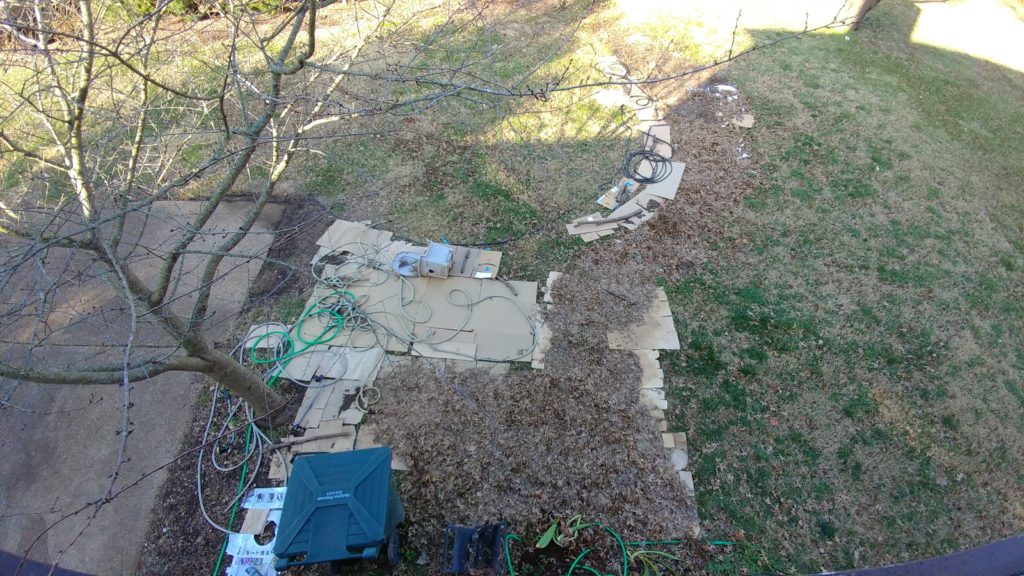
Maintaining
- You can still spread mulch around plants to protect them from the winter elements.
- Start pulling weeds now as you notice them come up so you have less weeding to do in the spring.
- Every other week, fertilize seedlings that you have grown indoors
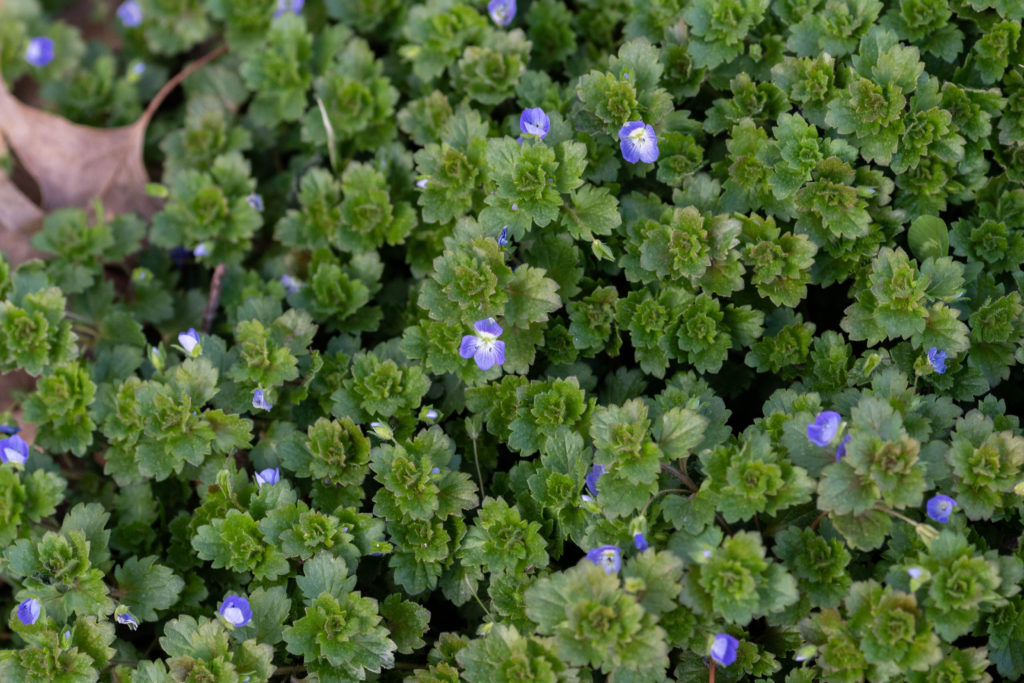
Planting
- Some seeds require a good head start before planting outside. Some seeds require a good head start before planting outside.
- Flowers:
- Dusty miller, impatiens, petunia, and snapdragons require eight to ten weeks before they go outdoors
- Ageratum, celosia, cleome, coleus, dusty miller, melampodium, ornamental pepper, red salvia, snow-on-the-mountain, and Swan River daisy require six to eight weeks
- Herbs and Vegetables:
- Broccoli, cabbage, and peppers require eight to ten weeks
- Chervil, cilantro, dill, hyssop, lovage, marjoram, parsley, peppers, sage, thyme, and tomatoes require six to eight weeks
- You can plant things in the ground provided that the ground is workable and not frozen. Obviously, plants have a better chance for survival if you wait until spring and the last chance of frost has passed, but I understand the urge to start planting things right now.
Fill out the form below to be receive my newsletter as well as get the February Gardening Checklist:
[yikes-mailchimp form=”2″]Are you doing any gardening this month? Starting seeds? Cursing the polar vortex? Let me know in the comments!
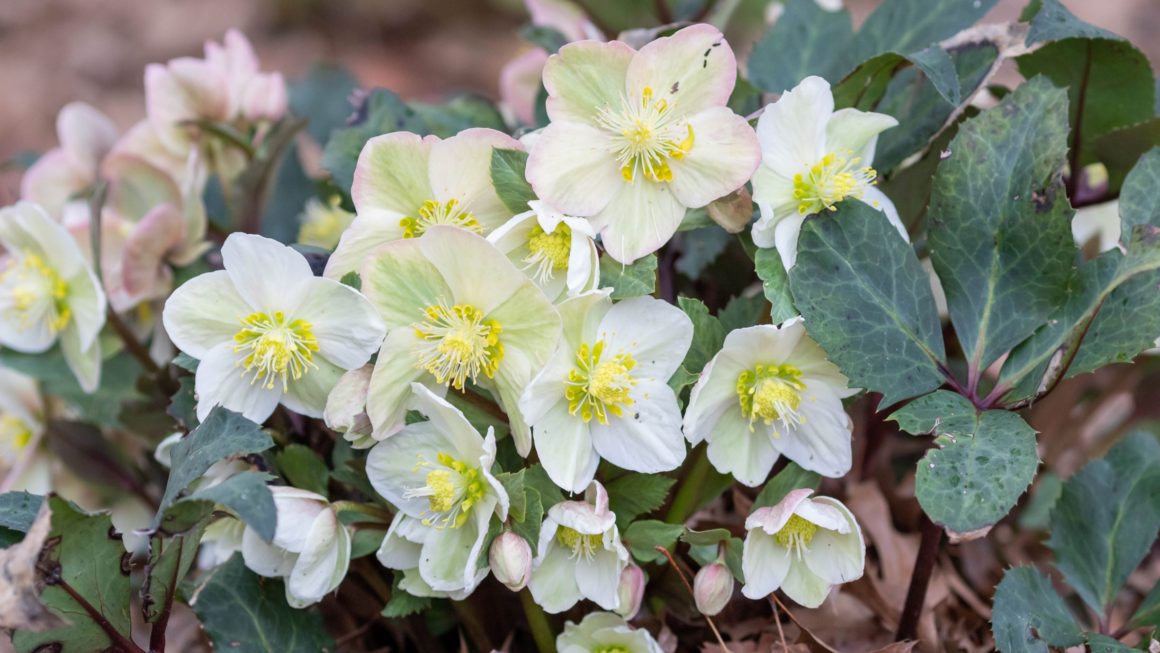

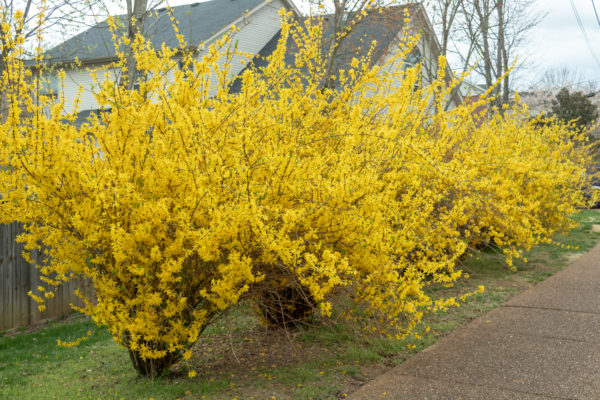

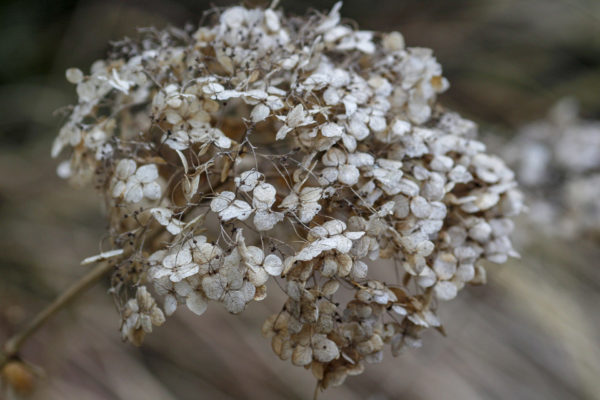
All great ideas! Dusty miller are so pretty.
I love their color and texture!